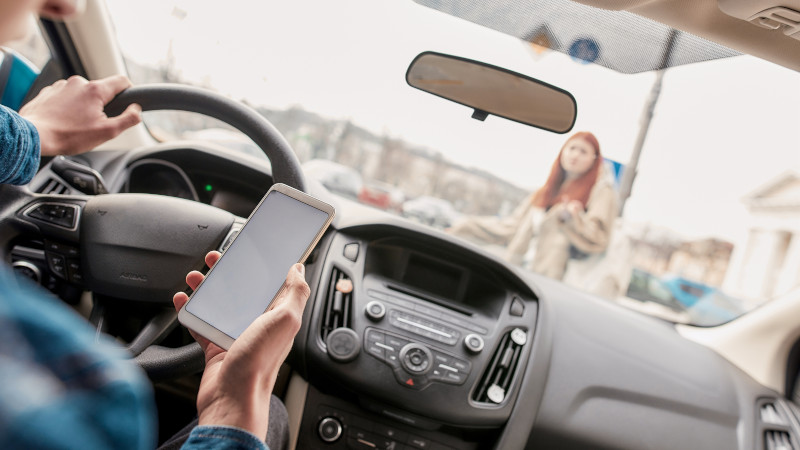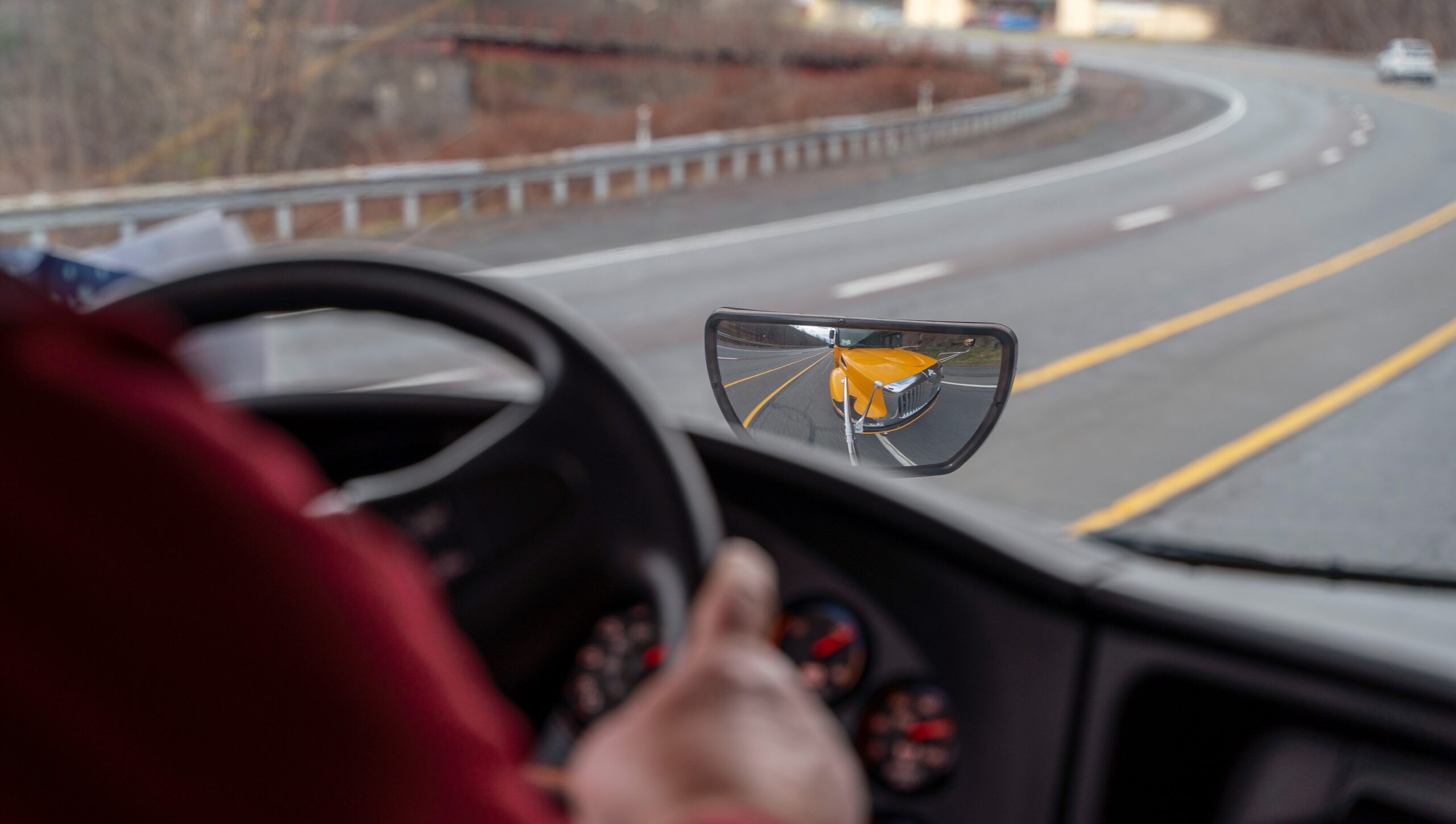Defensive driving – driver screening and training

When you think about safe driving within a school district, student transportation drivers immediately come to mind. But transportation staff aren’t the only school employees who need to be concerned about driver safety. Teachers who drive students to and from extracurricular activities, and facility support staff who transport supplies between buildings should also be trained.
Motor vehicle records (MVRs) checks
Before permitting any employee to operate a vehicle owned, leased or rented on behalf of your school, MVRs should be obtained as part of the driver selection process. For existing student transportation drivers, MVRs should be checked on an annual basis and in conjunction with any involvement in an accident. For non-student transportation drivers, MVRs should be checked on a once every three-year basis and in conjunction with any involvement in an accident. Consult with your state’s Department of Transportation, as some states waive the MVRs fee for educational entities.
Administrators should establish a vehicle use policy that includes guidelines for uniformly evaluating the MVRs for all prospective employees who will operate a school owned, leased or rented vehicle on behalf of your school. The vehicle use policy should also include driver safety rules, including a schedule for disciplinary action if a driver’s MVRs become marginal or poor during review periods.
Based on accident/violation history, an individual’s driver record becomes marginal or poor if one or more of the following exits:
- Three or more accidents (regardless of fault) in the last three years.
- One or more Major Offenses violations in the last three years.
- Any combination of accidents and Serious Traffic Offenses violations that equal four or more in the last three years.
Major Offenses Violations
- Driving under the influence of alcohol or controlled substance.
- Refusing to submit to chemical testing.
- Leaving the scene of an accident.
- Using a vehicle to commit a felony.
- Using a motor vehicle for the commission of a felony involving manufacturing, distribution or dispensing a controlled substance.
- Negligent homicide arising out of the use of a motor vehicle.
- Aggravated assault with a motor vehicle.
- Permitting an unlicensed person to drive.
- Reckless driving.
- Speed contest.
- Hit and run driving.
- Passing a stopped school bus with red signal lights flashing and stop arm extended.
Serious Traffic Offenses Violations
- All moving violations not listed as Major Offenses.
Offering training for your drivers
Even if staff who are driving for your organization have a clean MVR, it’s important for you to offer training on how to be a good defensive driver. This training can include the following tips:
- Be aware of your surroundings. Develop a habit of constantly scanning your rearview and sideview mirrors. If you are always looking around, you are more likely to notice when another driver is drifting into your lane, or if a reckless driver is approaching behind you. You should also watch for pedestrians and bicyclists along the side of the road, taking note of whether they have seen your vehicle.
- Have an escape route. Even if you are a safe driver, you will encounter situations in which other drivers make poor choices or must abruptly stop to avoid an obstruction. Always leave yourself an “out” — a path into which you can steer your car to avoid a crash.
- Expect other drivers to make mistakes. For example, when you approach a four-way intersection, don’t expect the other drivers to wait for their turn. Be prepared to yield if another driver “skips in line.”
- Follow the three-second rule. You never know when the driver in front of you will make an unexpected move, so give yourself enough time to avoid a crash if they suddenly slow down or stop. Pick a spot at the side of the road and start counting when the driver in front of you passes it. You should be able to count three seconds before your car passes the same point. Allow for more time and increase following distance in poor weather conditions.
- Watch your speed. The faster you drive, the harder it is to make split-second decisions when another driver does something dangerous. When you are driving in poor weather conditions, you should drive slower than the posted speed limit and avoid the use of cruise control.
- Eliminate distractions. It’s difficult to drive safely when you’re focusing on talking to a passenger or distracted by a cellphone, stereo or other things in your vehicle. Focus on the road and pull over in an area safe to do so if you need to attend to something else.
Taking these extra steps to screen and train drivers may increase defensive driving safe habits and reduce vehicular incidents.
Check out additional transportation risk resources here.




